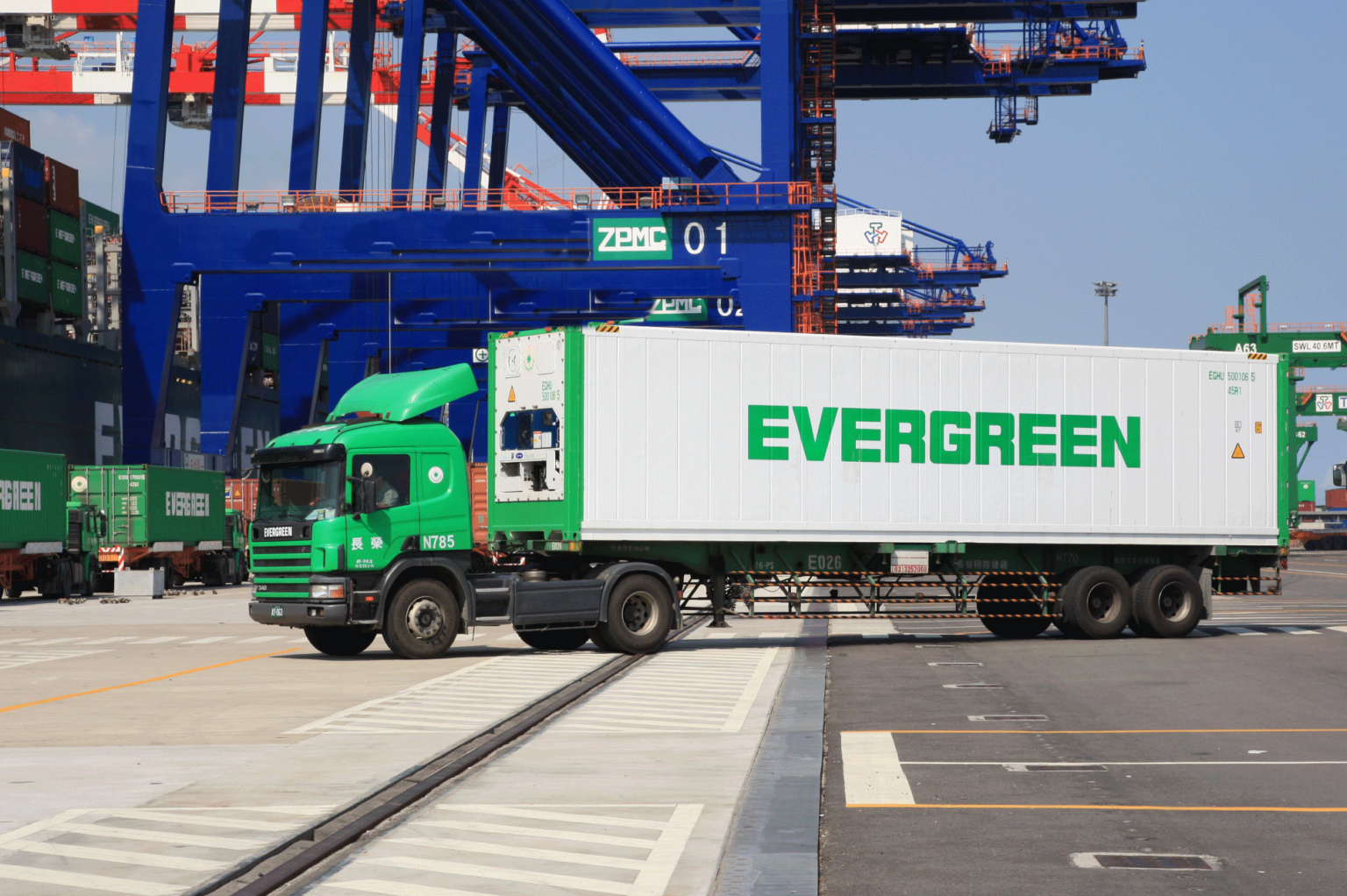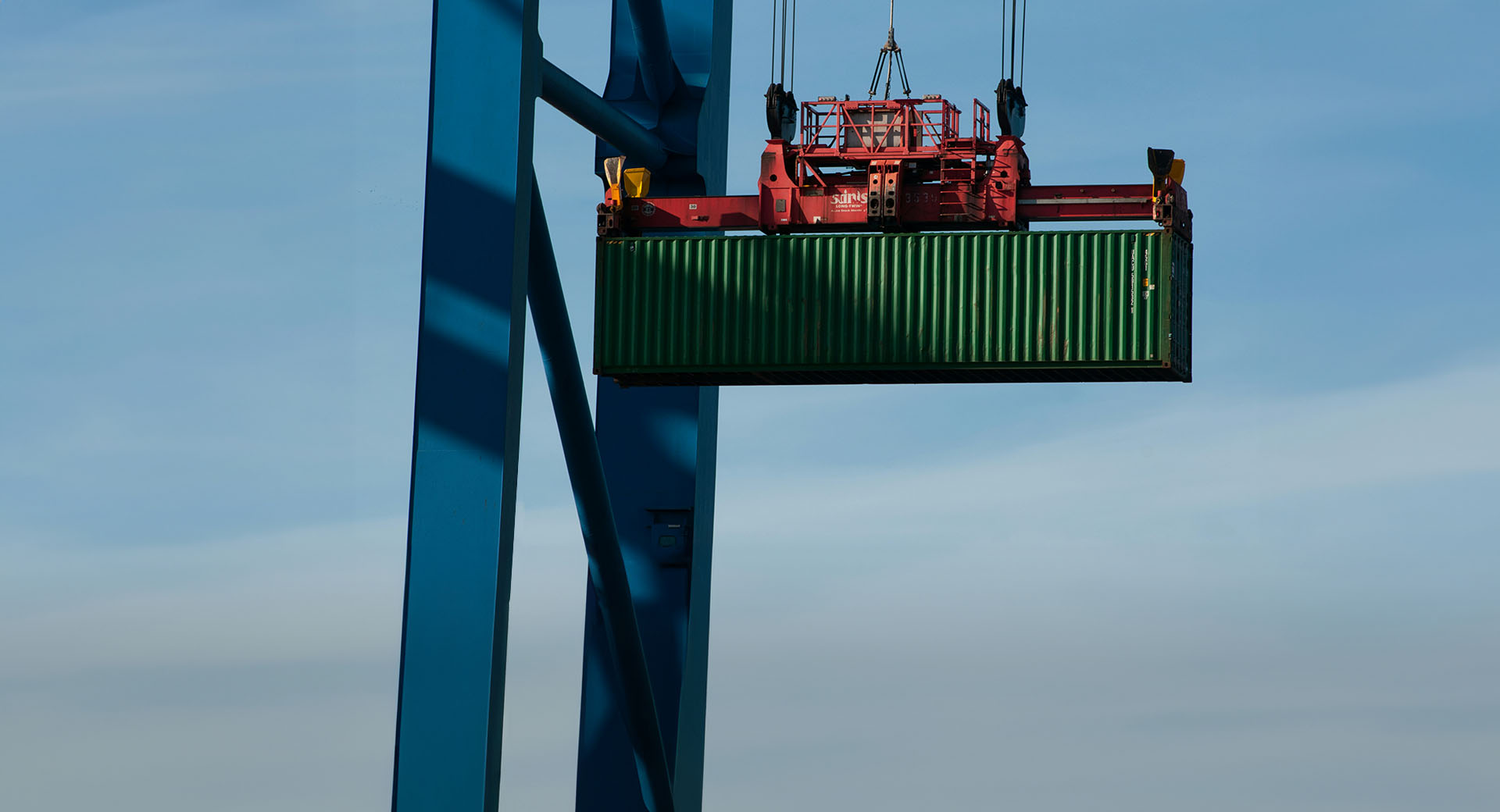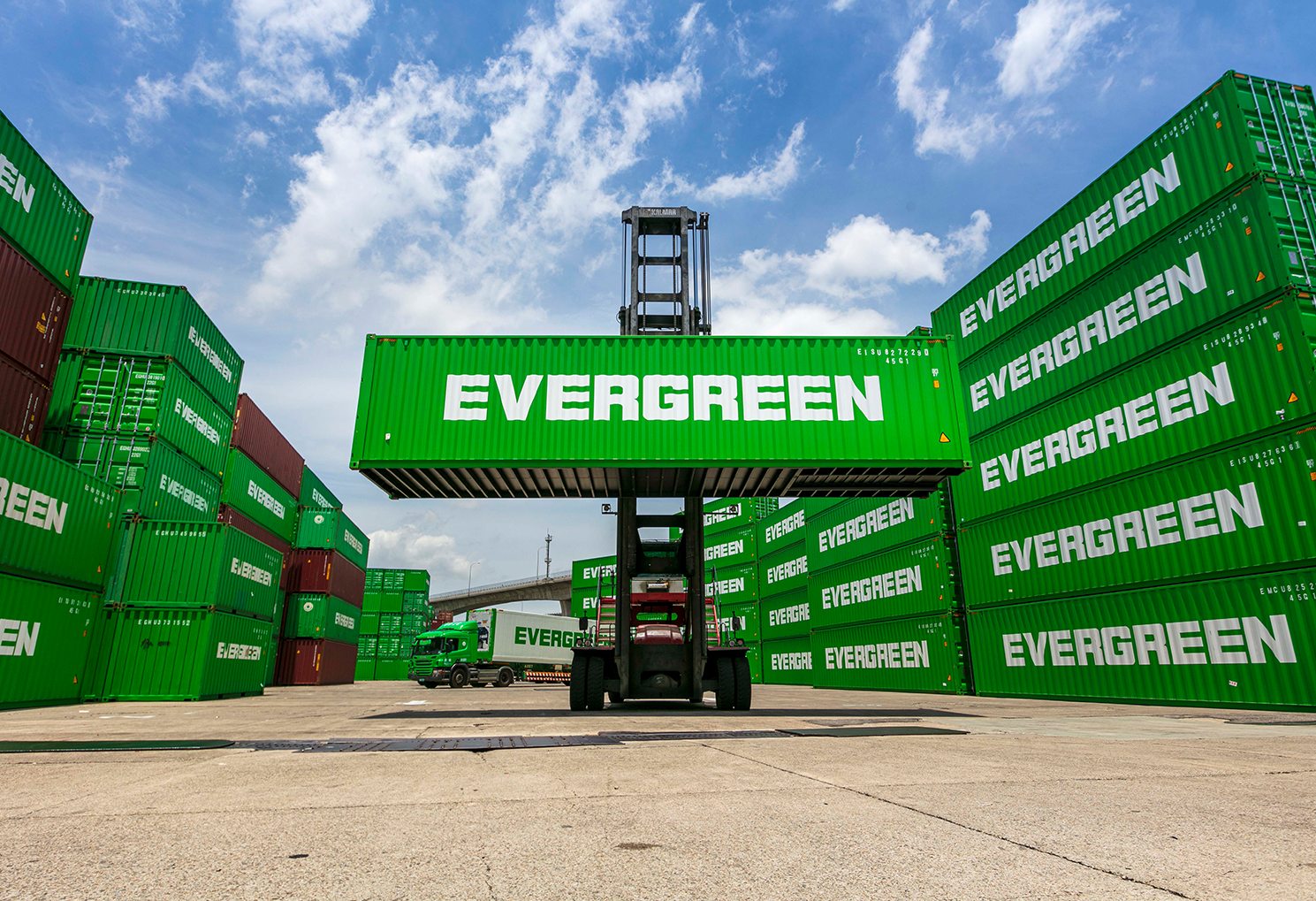As the world’s second largest exporter of fish, Norway is known for its cold, clear waters. Last year only, the country exported almost 1 million tonnes of salmon. It translates to approximately 40 000 shipping containers in total. Greencarrier Liner Agency is now back in the fish business together with the world’s 4’th biggest container vessel operator Evergreen Line. We have reintroduced our fish transports by reefer containers from Norway to Asia.
Transportation of mackerel to Japan and China
The fish season in Norway varies depending on the time of the year. Salmon, for example, is exported all year around, while other fish species are caught during limited periods. Earlier last year, the main mackerel season in Norway kicked off. It certainly is a big happening, stretching from September to November. During a time span of only six to eight weeks fishermen catch up to 250 000 tonnes of mackerel. The fish are then bought, primarily by Asian companies, and transported to Asia as key market.
Last year, about 150 000 tonnes of mackerel were transported to Asia and mainly Japan and China. During a couple of months, about 6000 reefer containers were handled, which is quite a lot. Let’s just say, all involved have a busy couple of months!
Reefer containers for transportation of temperature sensitive cargo
Once the fish are caught and prepared they are loaded frozen into reefer containers and transported overseas. Reefer containers are typically used to transport perishable cargo that require temperaturecontrolled transportation, like fish. Refrigerated containers are capable of controlling temperatures down to minus 30 degrees Celsius.
Temperature a crucial factor when transporting fish by sea
When transporting fish by sea, the temperature is crucial. Before loading the fish into the containers, they need to be frozen to a core temperature of minus 20 to 25 degrees Celsius. The highest quality is achieved by selling the fish frozen.
As the container ship will pass different climate zones on its journey from Norway to Asia, it will be exposed to changes in temperature. In Scandinavia, the air can be very dry and cool, while, in Asia, which has a far more tropical environment, the air can be very warm and humid. During the transport, it is extremely important that the fish never thaw out, but remain at minus 20 degrees Celsius. To stay this way, the temperature inside of the reefer container must remain the same.
Inside of the reefer container, there is a refrigeration unit, which provides cold air of minus 23 degrees Celsius at the top of the container ceiling. The cold air circulates inside the container and around the cargo to reduce and eliminate heat. Then the cold air is conducted to the refrigeration unit, which will chill it to start the cycle again. This way, the temperature inside of the reefer container will always remain at close to 23 degrees Celsius.
Documentation making sure the bill of lading is in order
Another important factor when transporting fish by sea is to make sure the documentation, including the bill of lading, is in order. The bill of lading is an official document that includes the shipment details. It represents the agreement between the involved parties and helps guarantee that exporters receive payment and importers receive the cargo. Therefore, all have an interest in making sure the bill is correct.
Choose a shipping partner that can deliver
When choosing a shipping partner for your consignments, it is important to pick one that can deliver; someone who provides the necessary equipment, can meet your specific needs, and has the capacity to ship the quantities of fish that you require. Besides Asia we can also offer transports by reefer from Norway to the Mediterranean and the US East Coast.
We think our reintroduced service is quite a catch! What do you think? Please, let me know in the comments below! If you would like to know more about our services, don’t hesitate to contact me.
/Marius Lien, Greencarrier Liner Agency





